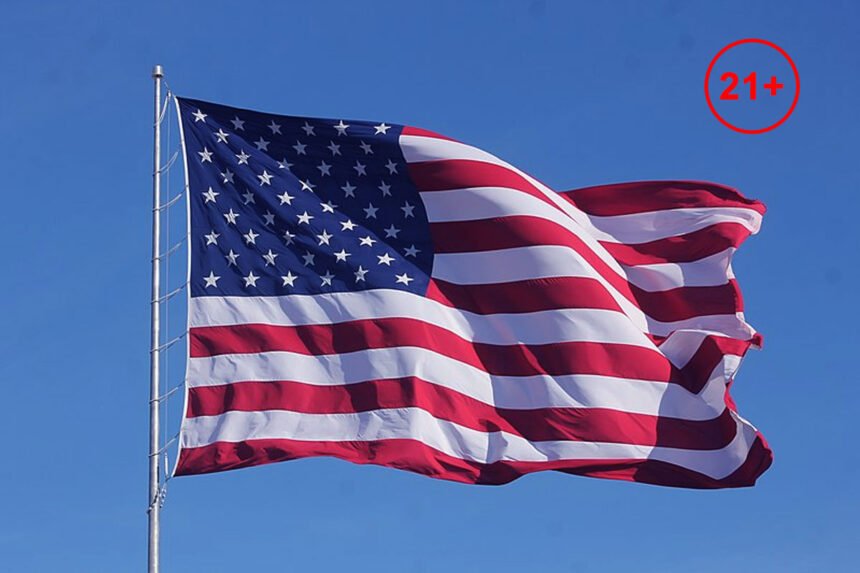The debate surrounding the appropriate legal age for vaping has been a contentious one, with health advocates, policymakers, and industry stakeholders weighing in from all sides. The crux of the issue centers around the balance between individual liberty and public health, especially given the meteoric rise of vaping among youth. In the United States, this discussion has led to significant legislative changes that have reshaped access to vaping products.
The Federal Mandate: Tobacco 21
As of December 2019, a federal law came into effect that set a new standard for the legal age to purchase tobacco products, including e-cigarettes and vape pens. This legislation, commonly referred to as Tobacco 21 or T21, raised the minimum legal sales age (MLSA) for all tobacco products from 18 to 21 across the entire United States. This move was largely in response to increasing concerns about the surge in e-cigarette use among teenagers and the potential health risks that these products may pose.
State Enforcement and Variations
Despite the federal mandate, states have the autonomy to enforce and, if they choose, to impose stricter regulations. While the federal law creates a national baseline, it does not prevent states, territories, localities, or tribes from setting their own additional youth access laws or from establishing a higher MLSA. As of now, most states have aligned their laws with the federal standard, setting the minimum age at 21.
Retailer Responsibility
The federal legislation has shifted the onus onto retailers, making it illegal for them to sell any tobacco product, including vaping devices and e-liquids, to individuals under the age of 21. The law is designed to ensure compliance from the point of sale rather than penalizing underage users themselves. Retailers must now be vigilant in verifying the age of purchasers to avoid potential penalties.
International Perspectives on Vaping Age
Globally, the legal age for purchasing vaping products varies. In many countries, this age aligns with the legal adulthood age, typically 18 years. However, there are instances, such as in Canada and Japan, where individual states or provinces have established higher minimum ages for purchasing these products. This patchwork of regulations reflects differing cultural attitudes towards vaping and the perceived risks associated with it.











